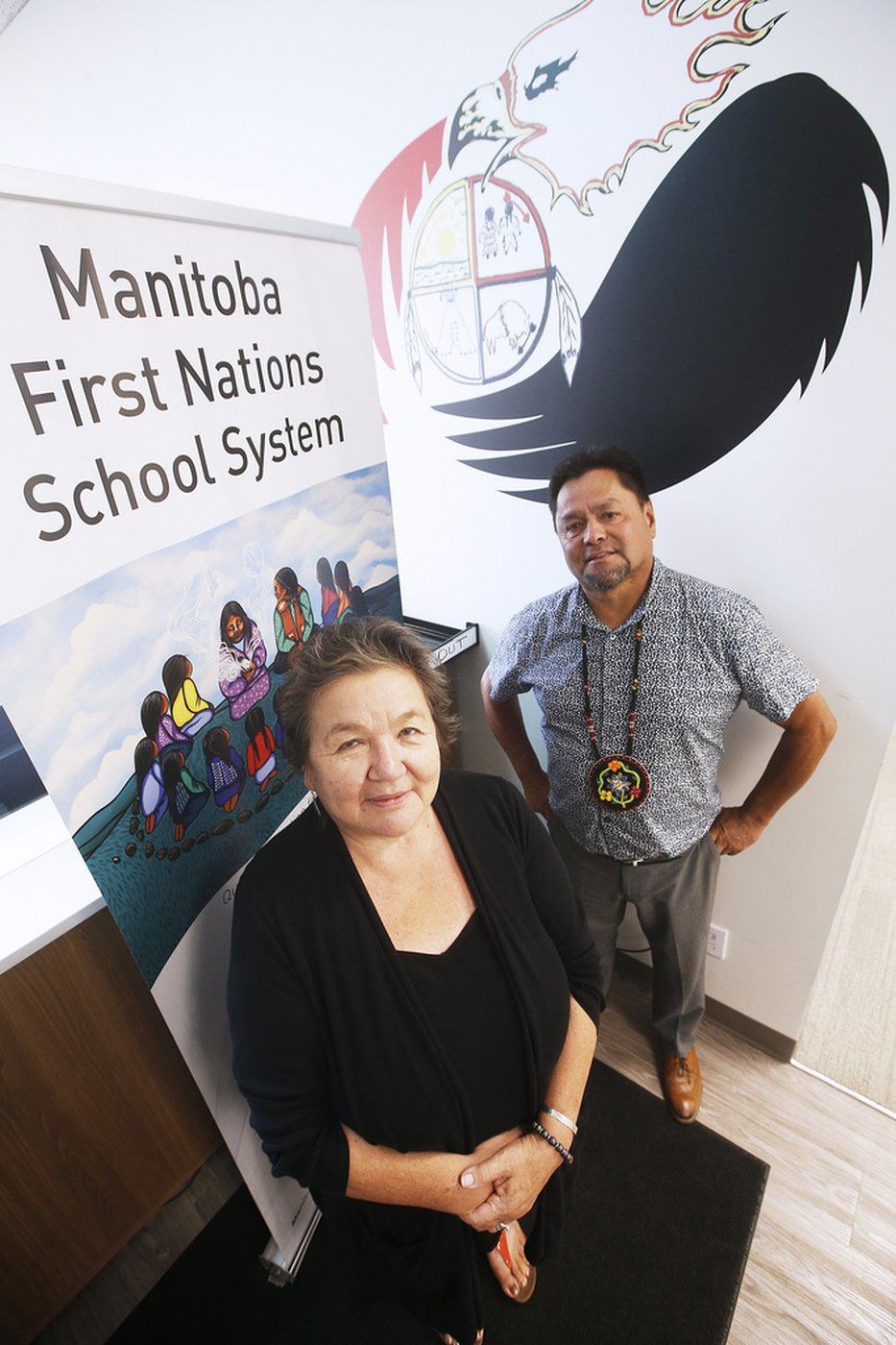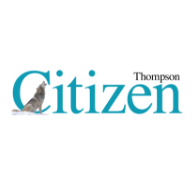On-reserve schools are taking an abundance of caution this fall, with many First Nations leaders still weighing the risks of a full return to classrooms this month amid a spike in COVID-19 cases in Manitoba.
Some communities are closing their physical buildings indefinitely. Others are offering blended instruction, which will see students in all grades attend school on alternating days. A few remain undecided.
Despite their differences, the consensus appears to be that all First Nations students will have an opportunity to learn remotely, if their family doesn’t feel comfortable with in-class learning.
“During this time of a pandemic, there’s already a lot of anxiety and uncertainty and fears that parents or community members may have and if we mandate that everybody come back to school — whether they like it or not — that’s just adding to their anxiety,” said Nora Murdock, director of instructional services at the Manitoba First Nation School System.
The equivalent of a provincial school division for federally funded First Nations education, the MFNSS oversees schools in 11 different First Nations, or approximately 2,000 K-12 students.
Students are expected to return part time — in classes no larger than 15 — in Bloodvein, Brokenhead, Dakota Tipi, Dakota Plains, Fox Lake and York Landing, starting on Sept. 8.
While Roseau River and Pinaymootang have delayed start times, students are also expected to do a mix of in-class and at-home learning throughout the school year.
Lake Manitoba, Lake St. Martin and Keeseekoowenin Ojibway First Nations do not plan to open their schools at all for the fall term, instead offering all students learning via technology and paper packages.
Murdock said each First Nation is taking into account its unique community’s needs — and in the case of Keeseekoowenin Ojibway First Nation, leaders took into consideration the community’s proximity to Brandon when making a decision.
MFNSS is supplying its schools with guidelines and everything from masks to computers to sanitizing foggers for school buses and buildings. Murdock said an entire school will likely be required to close for a deep cleaning if a COVID-19 case is detected.
Outside MFNSS, First Nations including Sagkeeng and Manto Sipi have yet to make a decision about reopening a little more than a week before the first school bell is scheduled to ring.
While there have yet to be any COVID-19 cases diagnosed in a Manitoba First Nation, poverty, inadequate infrastructure and underlying health conditions put Indigenous peoples at a greater risk of community transmission, which has prompted proactive measures among leaders.
“We don’t want our communities to have to experience this concern of COVID, so… if it means not opening schools, we should support the decision,” said Charles Cochrane, executive director of the Manitoba First Nation Education Resource Centre.
With that in mind, Cochrane said the centre will help provide on-reserve high school students with online learning through Wapaska Virtual Collegiate this year. Many families in communities where students typically move to urban centres to attend high school don’t feel comfortable doing that this year, he added.
Anxiety is one of many challenges communities will face this year. Unreliable internet, overcrowded schools and teacher shortages are among others.
At Ebb and Flow School, principal Kathleen Morrisseau said that if teachers call in sick, the school will likely rely on educational assistants to fill in.
The K-12 school in Ebb and Flow First Nation will provide blended learning for students this year, starting Sept. 21 — a delay announced in light of the recent virus spike. When students do return in alternating days, there will be temperature checks on the school bus and Plexiglas shields between desks.
“It’s unusual, but I have faith in our staff and our leaders to make sure that we succeed,” Morrisseau said.
Teachers will focus on core subjects, but Morrisseau said there will also be opportunities to continue with land-based learning that encourages students to be outdoors.
Ottawa announced earlier this week a total of $112 million in funding for First Nations across the country to support measures to safely open schools.
Indigenous Services Minister Marc Miller confirmed the funding will be distributed “very shortly,” based on the number of students studying on-reserve.




